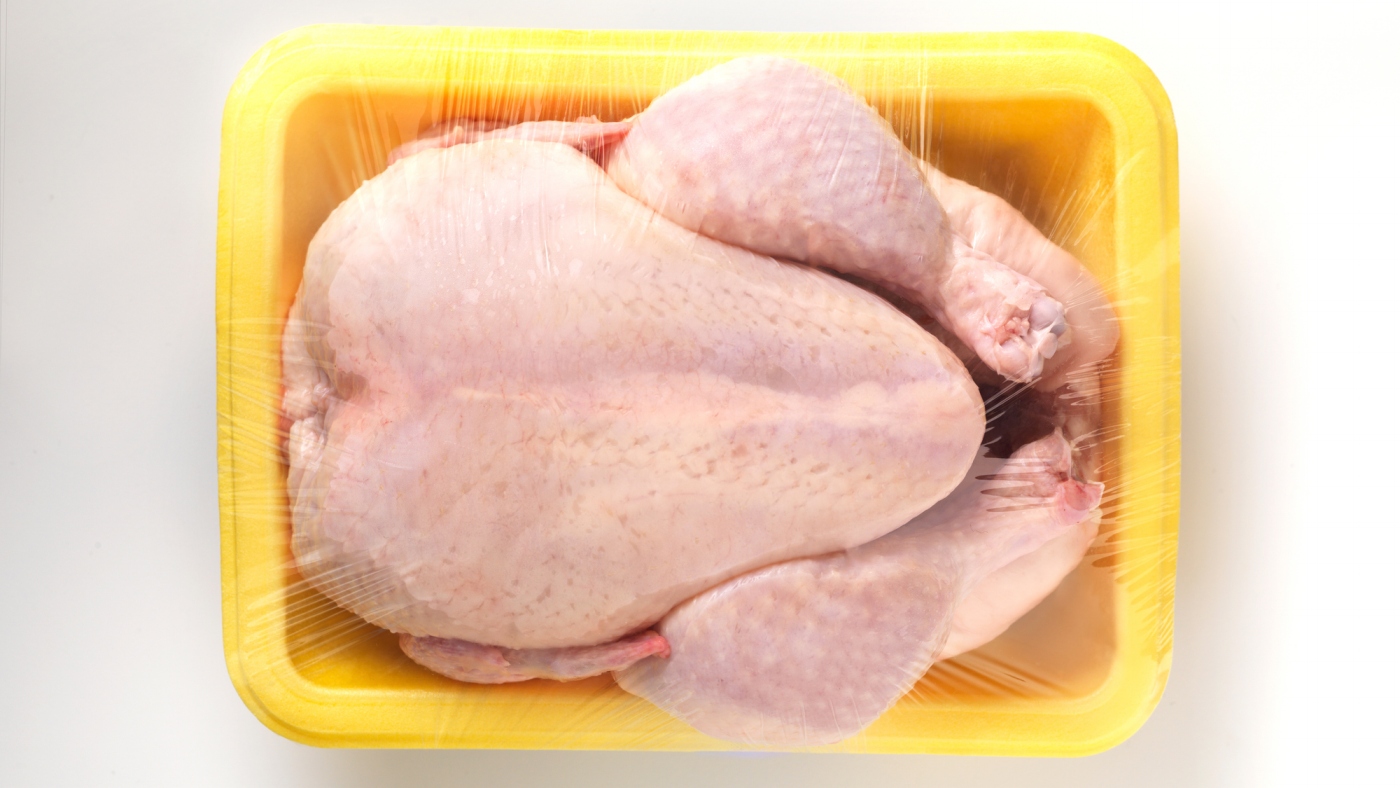Fowl Play: The Transatlantic Chicken Controversy Heating Up

The Chicken Controversy: Why U.S. Poultry is Causing a Transatlantic Stir
In the world of international trade, few topics are as surprisingly contentious as chicken. President Trump has been pushing European countries to embrace American poultry, but the United Kingdom and European Union have been decidedly unimpressed—and downright squeamish—about importing U.S. chicken and eggs.
At the heart of the debate is a long-standing misconception about chemical washing, particularly the use of chlorine. Many Europeans have recoiled at the idea of chlorine-treated chicken, viewing it as unclean and potentially harmful. However, food safety experts are now revealing that chlorine might not be the real issue at all.
The controversy goes beyond a simple chemical rinse. It's a complex clash of food production philosophies, with the U.S. and Europe taking dramatically different approaches to poultry processing and safety standards. While American producers focus on end-product treatment, European regulations emphasize preventing contamination throughout the entire production process.
Surprisingly, scientific evidence suggests that the chlorine wash itself is not necessarily dangerous. In fact, it's a method designed to reduce harmful bacteria and improve food safety. The real challenge lies in changing deeply ingrained cultural perceptions and trade regulations.
As trade negotiations continue, this chicken standoff represents more than just a culinary disagreement—it's a fascinating glimpse into how food, politics, and international relations intersect in unexpected ways.
